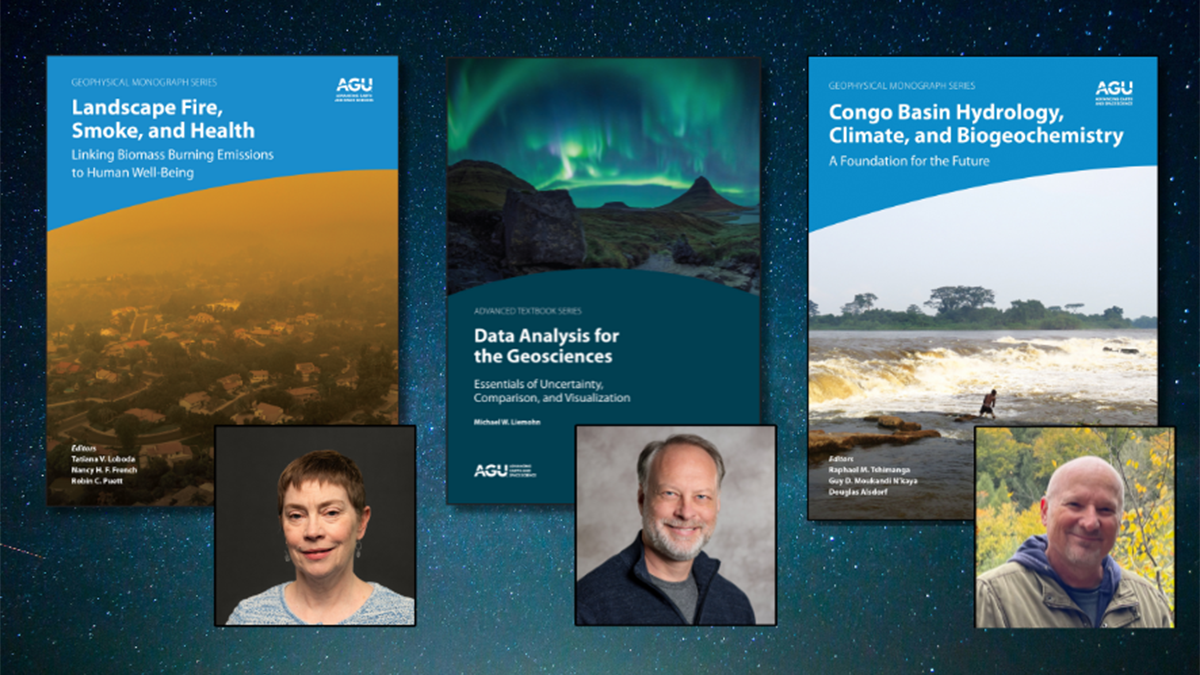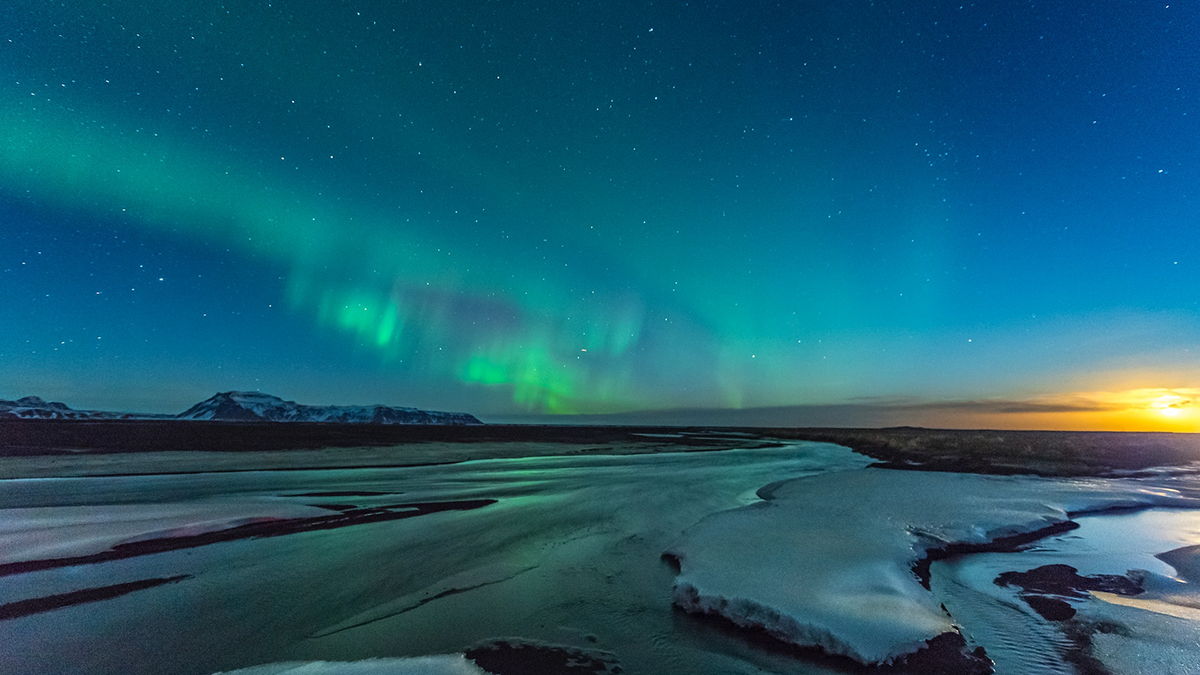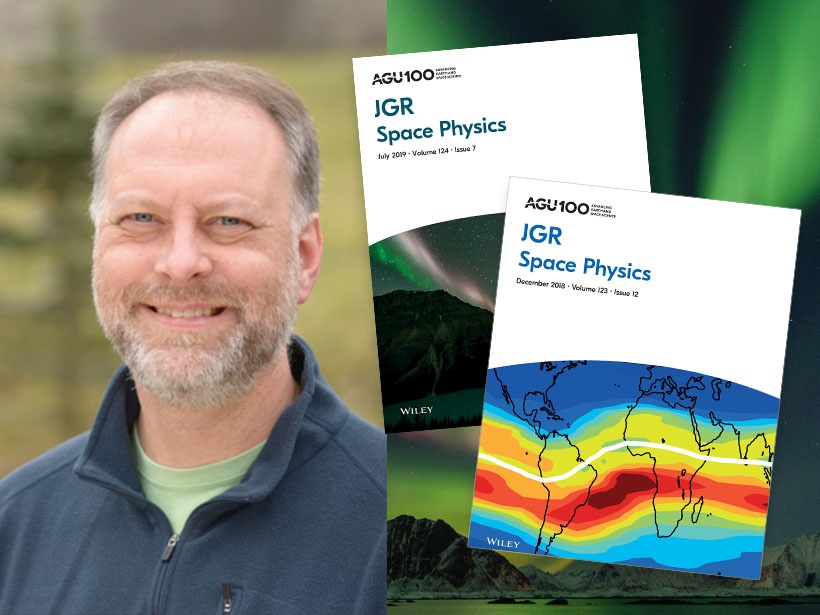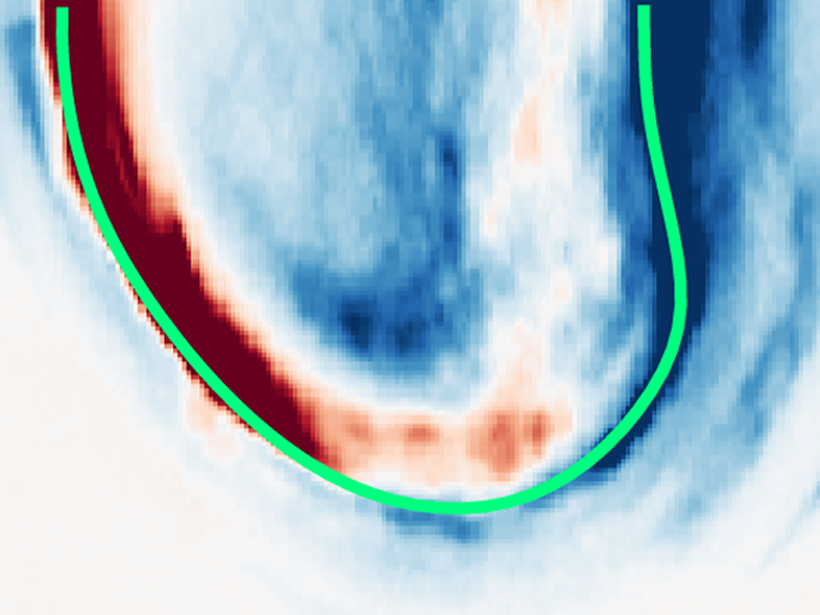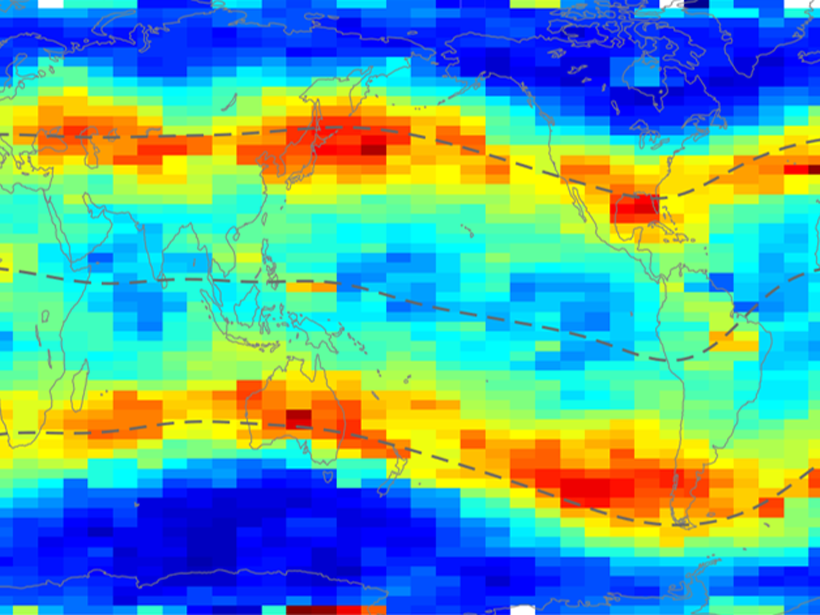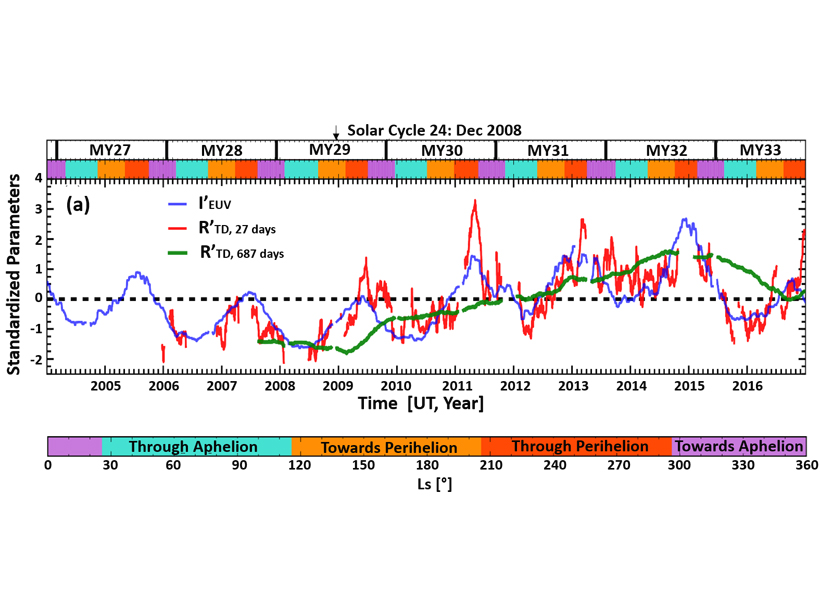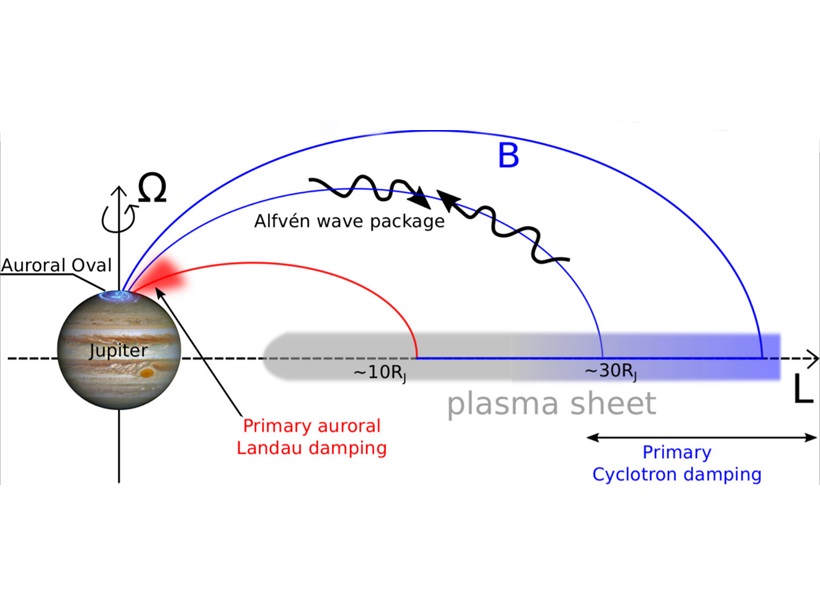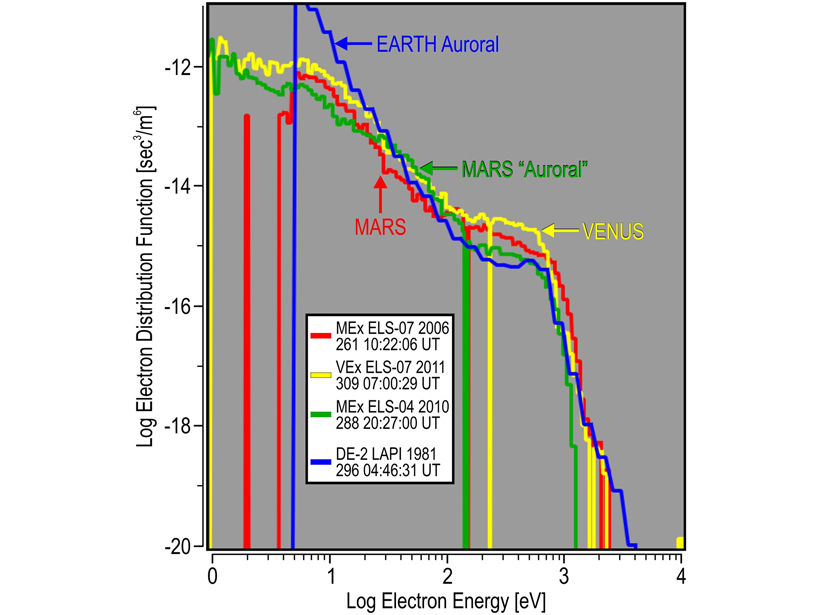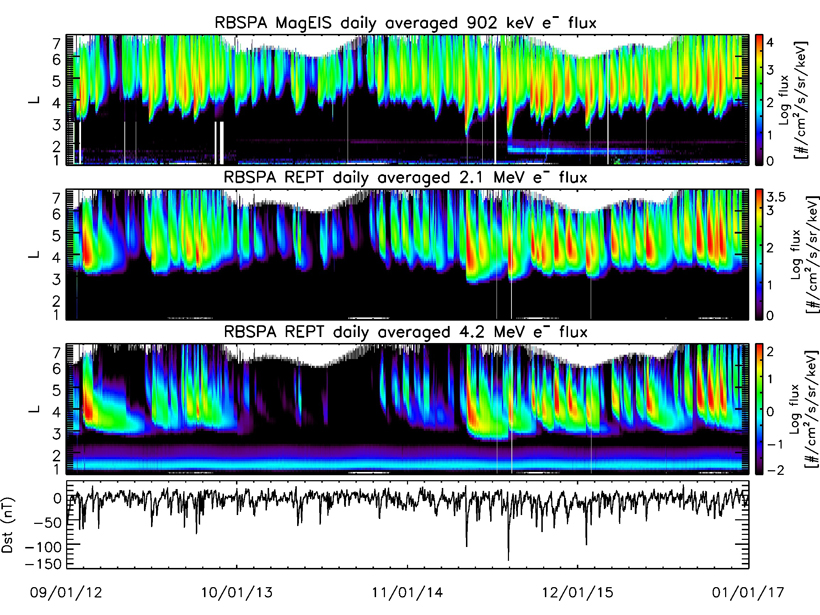In the 3rd installment of career-focused articles, scientists who completed books as experienced researchers reflect on how their networks paved the way for—and grew during—the publishing process.
Michael W. Liemohn
Foundations in Data Analysis for Undergraduate STEM Students
A new textbook serves as an initial course in scientific data analysis and hypothesis testing designed for students in all science, technology, engineering, and mathematics disciplines.
Six Years with JGR: Space Physics
The outgoing Editor in Chief of JGR: Space Physics reflects on his tenure and expresses his appreciation to all those who contributed to the success of the journal over recent years.
Using a Machine to Help Us Learn About Jupiter’s Aurora
A first usage of principal component analysis on Hubble images of Jupiter’s auroral ovals reveals the most common patterns, and machine learning classification reveals their physical causes.
Newly Discovered Electric Current System Very Close to Saturn
In the tightly confined region between the innermost ring and the planet’s upper atmosphere, the Cassini spacecraft observed signatures of a previously undetected current system.
Holistic Views of the Nighttime Ionosphere
The nightside ionosphere, at latitudes away from the auroral zone, should have very little charged particle density, but it doesn’t. A new comprehensive study of satellite data explains why.
Solar Properties Rival for Control of Mars’s Bow Shock
While most planetary bow shocks are controlled by the solar wind, at Mars the solar EUV flux is equally important.
Jupiter’s Stressed Out Magnetosphere Causes Aurora and Heating
Force imbalance between Jupiter’s ionosphere and magnetosphere leads to wave generation to release this stress, but the waves also accelerate particles, causing aurora and heating.
Extreme Space Conditions at Mars: The 10 Largest Electron Events
A solar cycle of data was scoured for the biggest electron energy fluxes seen in the Mars space environment.
A New Angle on the Earth’s Radiation Belts
A new empirical model of energetic electrons from Van Allen Probes data includes pitch angle analysis, revealing insights about radiation belt energization and loss processes.

